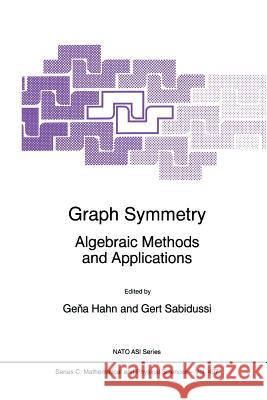Graph Symmetry: Algebraic Methods and Applications » książka
Graph Symmetry: Algebraic Methods and Applications
ISBN-13: 9789048148851 / Angielski / Miękka / 2010 / 418 str.
The last decade has seen two parallel developments, one in computer science, the other in mathematics, both dealing with the same kind of combinatorial structures: networks with strong symmetry properties or, in graph-theoretical language, vertex-transitive graphs, in particular their prototypical examples, Cayley graphs. In the design of large interconnection networks it was realised that many of the most fre quently used models for such networks are Cayley graphs of various well-known groups. This has spawned a considerable amount of activity in the study of the combinatorial properties of such graphs. A number of symposia and congresses (such as the bi-annual IWIN, starting in 1991) bear witness to the interest of the computer science community in this subject. On the mathematical side, and independently of any interest in applications, progress in group theory has made it possible to make a realistic attempt at a complete description of vertex-transitive graphs. The classification of the finite simple groups has played an important role in this respect."











